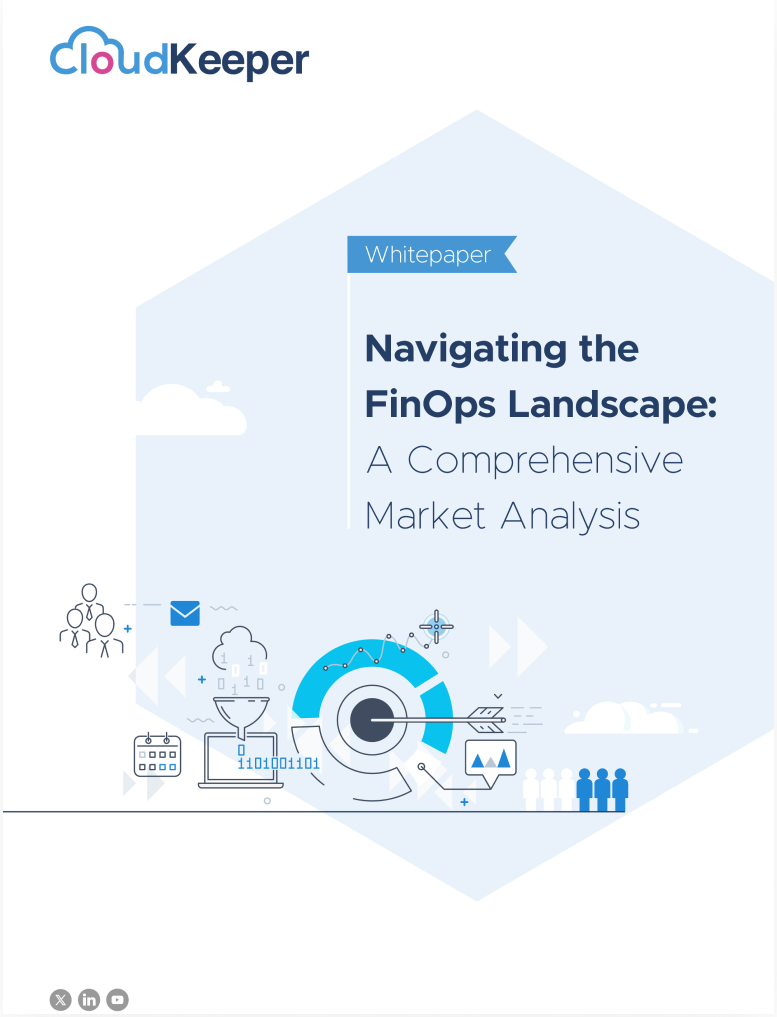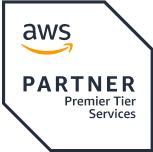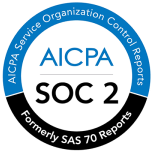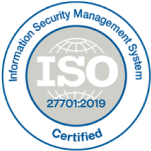In today's digital era, the Cloud stands as a transformative force, reshaping the way businesses operate and innovate. If a Gartner report is to be believed, by 2025 over 95% of new digital workloads will be deployed on Cloud-native platforms, up from 30% in 2021. Flexible infrastructure capacity, rapid capacity deployment, and faster time to market are just a few of the benefits that Cloud offers to enterprises, and hence, consuming infrastructure is seen as a better model than owning it. Enterprises can now tailor their infrastructure consumption as per their needs, and this offers them greater value economics by converting their underutilized resources into value-generating operation expenditures.
The rapid adoption of cloud has however posed another big challenge for companies. It is to manage cost overruns and unexpected cloud costs. As per a McKinsey report, more than 80% of enterprises considered managing cloud expenses a challenge. And while the cloud was deemed as a means to offer better economic value to companies, the reality remains elusive.
As we walk into 2024, let us identify the top cloud cost optimization challenges that enterprises need to manage to drive optimal value along with ways to mitigate those challenges.
1. Complex nature of multi-cloud environments
One of the biggest challenges for enterprises today is the adoption of a multi-cloud environment, characterized by the use of services from multiple cloud providers. This adds up to the complexity of an already complex cloud system, thus requiring new mitigating mechanisms. Each cloud provider offers a different pricing model, a unique bouquet of services, and operational modalities. Thus, it becomes impossible for enterprises to work with one unified approach for cloud cost management. Hence, businesses face challenges while navigating their cloud infrastructural costs, tracking, and more importantly controlling their spending across different cloud platforms.
Moreover, factors such as data transfer costs between multiple clouds, storage costs on different platforms, and differences in services can also lead to a lack of cloud cost transparency. Additionally, managing security and compliance across multiple clouds adds another layer of complexity to the operational landscape.
Solution: Comprehensive cloud cost management platforms can help enterprises by providing a unified view of cloud spending across multiple cloud platforms thus resulting in greater cost transparency and cost control. Automation is also critical for dynamic resource optimization based on cost and performance metrics. Companies must adopt effective cloud cost optimization strategies including rightsizing and efficient instance usage. Cloud cost tracking, monitoring, and cloud governance can ensure a higher level of cost control, while your company stays right on track of optimization.
2. Ever-changing pricing models
In the eternally evolving landscape of cloud computing, cloud service providers have to constantly update and tweak their pricing models. This generally happens by tweaking the existing service offerings or introducing novel services. Such changes can present a daunting challenge to organizations to keep track of their cloud costs thus impacting the final cloud bills. This dynamic environment can be particularly difficult, often causing organizations to face difficulties in adapting swiftly to these changes.
One of the most apparent impacts of this challenge of keeping pace with pricing updates is that organizations need more resource allocation and utilization.
Solution: Enterprises must align their cloud cost optimization strategies with the latest pricing models introduced by cloud service providers even if it means regularly reviewing and updating their strategies using a more proactive and strategic approach. Additionally, cloud cost visibility platforms such as Cloudkeeper can provide real-time insights into pricing changes. These tools offer organizations the ability to stay on top of pricing updates as they happen. This in turn allows for timely decision-making and adjustments to strategies to align with the latest pricing models.
3. Effective reserved instances management
Reserved Instances(RIs) or reservations present a more promising way to organizations for cloud cost savings than on-demand pricing models. However, the biggest challenge when dealing with reserved instances is the effective management of the purchase and utilization of RIs. Overcommitting and underutilizing these reserved resources leads to operational inefficacies. Overcommitment occurs when organizations procure more RIs than necessary, often due to difficulties in accurately estimating capacity requirements or adapting to dynamic workload patterns. Again, underutilization happens when the full capacity of purchased RIs is not realized thus resulting in resource wastage. These challenges pose obstacles to cloud cost optimization, potentially resulting in missed opportunities for significant cloud cost savings.
Solution: Organizations can take the help of predictive analytics and machine learning algorithms to forecast future resource demands, thus making reserved instance management much easier. This strategic purchase and utilization of RIs can have a major impact on the cloud cost economics of the company. AI-based tools that provide recommendations based on historical cloud cost optimization and usage data can be a big game changer in this regard.
4. Cloud cost visibility and a culture of accountability
One of the key factors of a successful cloud cost optimization journey is ensuring transparency and a culture of accountability for cloud cost management across cross-functional teams within an organization. Lack of cloud cost visibility and details of who is consuming what resources can hinder effective cost allocation and cloud cost optimization efforts. A culture of accountability must be encouraged and can go a long way in establishing impactful Cloud FinOps standards.
Solution: Organizations must implement robust resource tagging strategies for cloud cost optimization, enabling clear identification and attribution of costs. Fostering a culture of accountability, where teams understand the financial implications of their cloud cost optimization and resource usage can also go a long way in this regard.
5. Keeping track of cloud cost spikes
Unexpected spikes in cloud cost can cause a big dent in your cloud cost optimization efforts. Such spikes can arise from different factors including heightened demand, suboptimal resource allocation, or changes in application workloads.
Detecting and addressing these sudden cost spikes promptly is critical for maintaining cost efficiency and achieving effective cloud cost optimization. Organizations must stay vigilant in monitoring usage patterns and identifying the root causes behind such cost fluctuations.
Proactive resource allocation and optimized workload configurations in response to changing demands are key to avoiding these unforeseen cost spikes which can hurt your cloud optimization efforts.
Solution: Organizations must Implement alert systems and resource monitoring to detect unusual spikes in real-time. AI-based predictive analytics platforms can also help foresee potential spikes based on historical cloud cost optimization patterns and mitigate all risks.
6. Setting up security and compliance norms
For an enterprise operating in the public cloud domain, balancing cloud cost optimization with stringent security and compliance requirements remains one of the most critical challenges. Failure to do so can result in a Cloud FinOps hazard, negatively impacting the organization’s reputation and all cloud optimization efforts. Organizations must navigate the complexities of securing cloud environments without compromising cost-efficient configurations in their cloud cost optimization strategies.
Solution: To tackle this ever-important challenge, organizations must Integrate security considerations into their Cloud Finops strategy. Some platforms can ensure visibility into security-related threats and ensure compliance with industry regulations.
7. Upskilling and training of cloud teams
Cloud computing and its emerging technologies are ever-evolving and this in turn demands continuous upskilling, training, and development among teams responsible for cloud cost optimization. Any technology skill gap can impede the effective implementation of cost-saving measures.
Solution: Organizations must regularly invest in training and skill development programs for the teams involved in cloud cost optimization. Companies like AWS, and Azure offer a plethora of cloud resources, certifications, and workshops to keep skills up-to-date with the latest cloud cost optimization advancements.
8. Balancing Performance and Cost
The final challenge in this article relates to striking a fine balance between optimizing cloud costs and achieving an optimal cloud system without tilting too much on any side. Striking the right equilibrium between resource efficiency and meeting performance expectations is the key, especially in dynamic and rapidly changing cloud environments.
Solution: Organizations must Implement comprehensive performance monitoring tools to understand the impact of cloud cost optimization measures on workloads and system performance to achieve a balance between the two. It is important to note that the cost optimization strategies must be constantly reviewed and updated to align the costs with performance.
Conclusion
Effective cloud cost management is crucial in today's rapidly changing cloud landscape. Businesses need to be proactive in reviewing and adjusting their approach to keep up with evolving business needs and trends. Mitigating the challenges addressed above can result in sustainable and efficient cloud cost management. By leveraging modern tools, fostering a culture of accountability and collaboration, and constantly upskilling on key cloud technologies, businesses can overcome these challenges and unlock the full potential of the cloud while achieving a greater level of cloud efficiency.
With a strong team of certified AWS experts and FinOps enthusiasts, CloudKeeper has helped 300+ businesses across the globe achieve superior and sustainable cloud savings, without affecting their performance benchmarks. We would love to show you how we could help you too! Book a free demo today.









